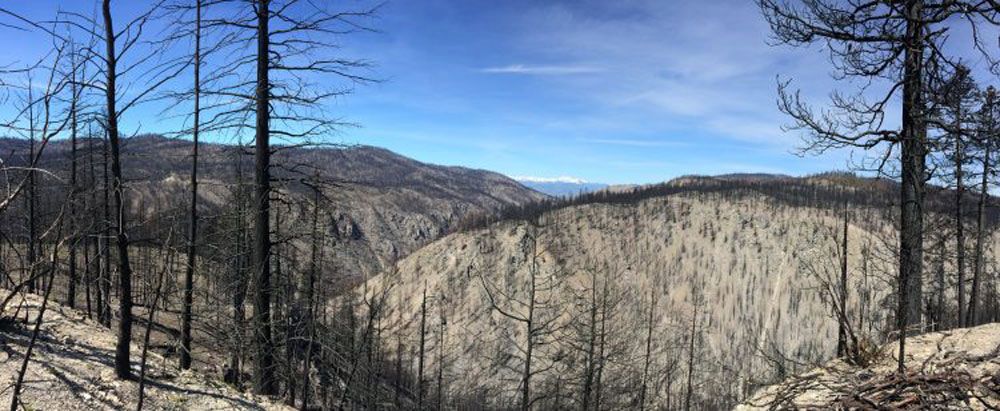New research reaffirms long-time claims by the Rocky Mountain Elk Foundation as well as already existing research that thinning and prescribed burns benefit overall forest health. In this particular case, previous habitat treatment helped forests survive the 2014 Carlton Complex fire in north central Washington.
“Our study suggests that the fuel treatments were worth the investment, yielding a more desirable post-fire outcome than if they hadn’t been implemented,” said Susan Prichard, lead author and research scientist at the University of Washington School of Environmental and Forest Sciences. “There are a lot of benefits to creating more resilient landscapes, and this study suggests that even in the worst-case scenario wildfires, it can be worth it.”
In just one day, gusty winds pushed flames across 160,000 acres of forest and rangeland. The fire eventually covered more than 250,000 acres, destroyed more than 300 homes and became the largest contiguous fire in the history of Washington.
After a forest is thinned, prescribed burning is used to reduce leftover woody debris on logging sites or across landscapes that have built up downed trees, pine needles, grasses and shrubs. The study, published in the journal Ecological Applications, shows that even in extreme fire circumstances, reducing built-up fuels such as small trees and shrubs makes a difference.
“I’m hopeful our study will encourage policymakers as well as managers to invest in restoration. It’s our best hope for protecting our streams, rivers and landscapes from catastrophic fires,” added Prichard.
Read more about the study here.
RMEF provides funding for forest thinning, prescribed burns, noxious weed treatments and other projects to enhance habitat for elk and other wildlife. Since 1984, RMEF and its partners permanently protected or enhanced more than 8 million acres of habitat.
(Photo source: Susan Prichard/University of Washington)
